Namibia offers a journey of discovery and wonder. Found in the southern part of Africa, this land of contrasts is where the harsh beauty of the desert meets the bounty of the Atlantic Ocean.
From the ancient dunes of the Namib Desert to the cultural tapestry woven by its various tribes, Namibia is a treasure trove of discoveries waiting to be explored.
In this article, we present 15 interesting facts about Namibia, each one a compelling reason to visit Namibia and experience the magic of this extraordinary country firsthand.
Here are 15 interesting facts about Namibia:
Fact 1. Namibia Is Home To The World’s Oldest Desert
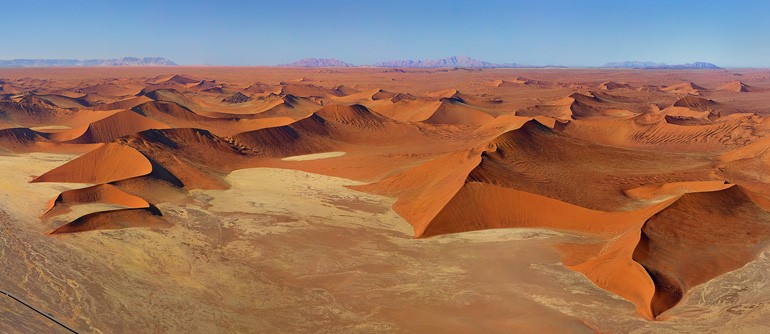
Shifting dunes, gravel plains, and rugged mountains make up this extremely arid ecoregion. The Namib Desert, the world’s oldest desert, has been around for at least 55 million years, devoid of surface water but bisected by many dry riverbeds. The Namib Desert is one of many stunning destinations that Namibia is known for.
A few ungulates, such as Hartmann’s zebras, live in these vegetated riverbeds. The south of the desert is very dry, with no dry riverbeds; the gemsbok is the only large mammal that can survive in this harsh climate. An interesting fact about Namibia is that the thick fogs are common along the coast, and they are the desert’s lifeblood, providing enough moisture for a variety of interesting, well-adapted animal species to thrive.
Fact 2. Namibia Has 30 Languages That Are Spoken In The Country
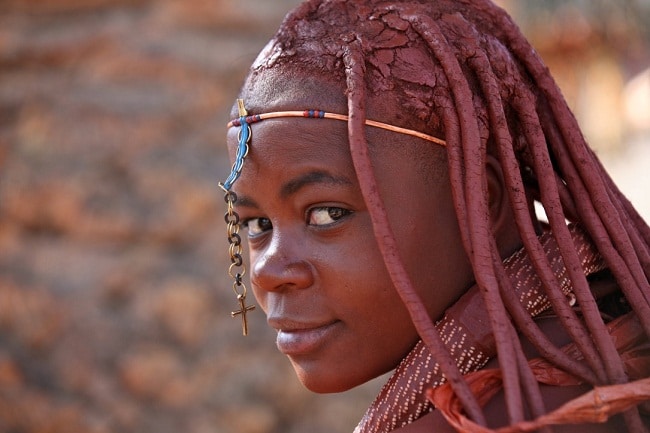
Another fun fact about Namibia is that it has a remarkable diversity of spoken languages: about 30 overall. More than 11 languages are native to Namibia, but with its cosmopolitan culture, languages from all across the world are spoken in Namibia. Oshiwambo dialects are the most often spoken languages in Namibian homes, with Oshiwambo dialects accounting for 49% of the population, followed by Khoekhoegowab (11%), Afrikaans (10%), RuKwangali (9%), and Otjiherero (9%).
Fact 3. Namibia Has Some Of The Highest Dunes In The World
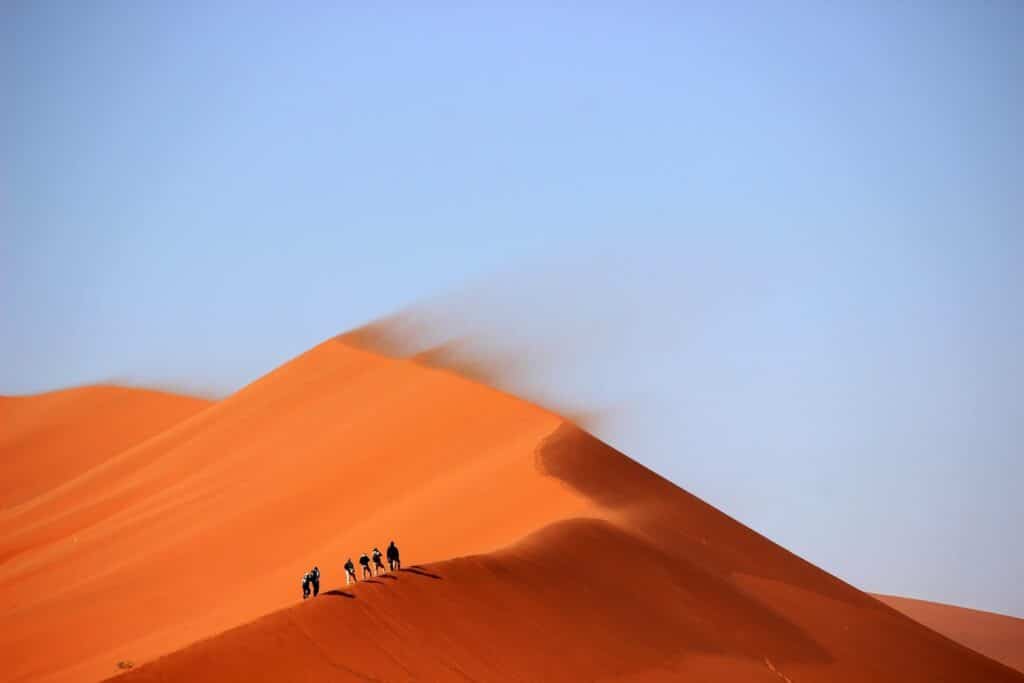
The tallest dune in the Sossusvlei region is Big Daddy. Between Sossusvlei and Deadvlei lies this huge dune, which dwarfs the other dunes at 325 meters. Take a lot of water and trek to the summit of Big Daddy, where you can gaze down on Deadvlei, for maximum bragging rights. Climbing Big Daddy and visiting the Deadvlei is one of the most popular experiences that Namibia is famous for.
At 325 meters, Big Daddy is the tallest dune in the Sossusvlei area, although not the highest in the Namib Desert. In reality, Dune 7, which is 388 meters long, has received this honour. Dune 7 gets its name from the fact that it is the 7th dune on the Tsauchab River.
Fact 4. Namibia has Documented One of the World’s Most Extensive Meteorite Showers
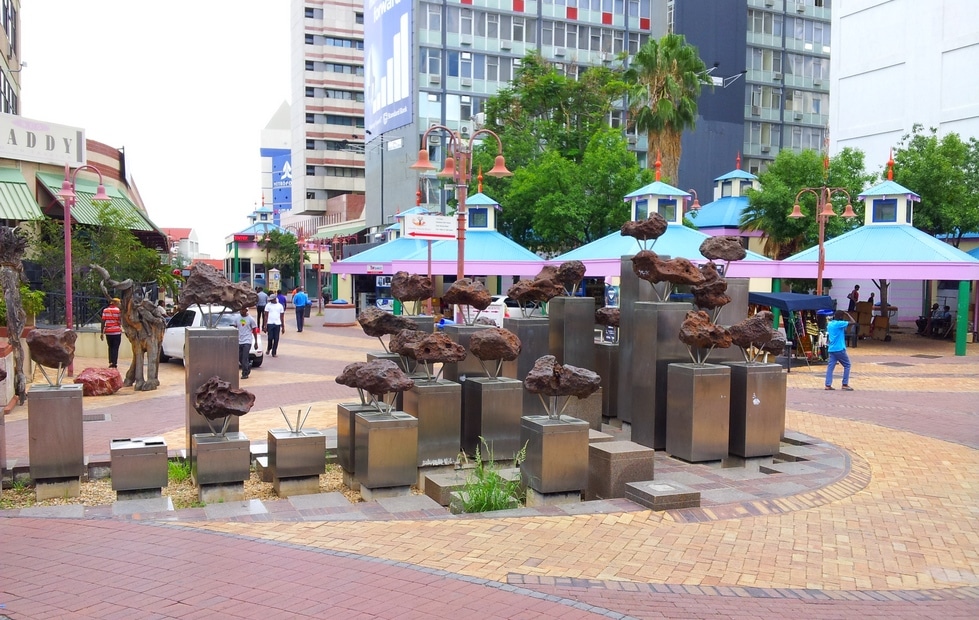
The Gibeon meteorite shower is the largest known meteorite shower on Earth, covering a wide elliptical area of some 275 by 100 kilometers, centered on Brukkaros south of Mariental. Most of the pieces fell just southeast of Gibeon. To date, some 120 specimens with a weight of almost 25 tons have been recorded, in addition to an unknown number that has been collected but never recorded. The Gibeon meteorite shower occurred in prehistoric times in central Namibia. Remains from this meteorite shower are exhibited at Windhoek, Namibia’s capital city.
Fact 5. Namibia has One of the Largest Concentrations of Rock Art in Africa
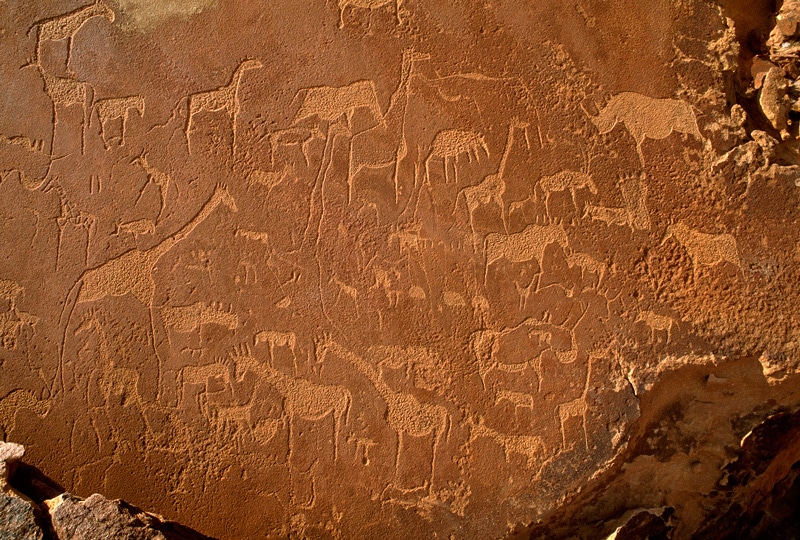
The first known inhabitants of Namibia are the San (Bushmen) who belong to the Khoesan people. These hunter-gatherers – like the Ju/’Hoansi, Kxoe and the Kung – have travelled across the vast plains of Southern Africa for thousands of years until migrants armed with arms looking for new land to graze their animals and plant their food, driving them further and further east into the Kalahari Desert. The San have resided in Namibia for more than 6,000 years, and there is more than enough rock art to confirm this.
Fact 6. Namibia has the Largest Population of Free-Roaming Cheetahs in the World
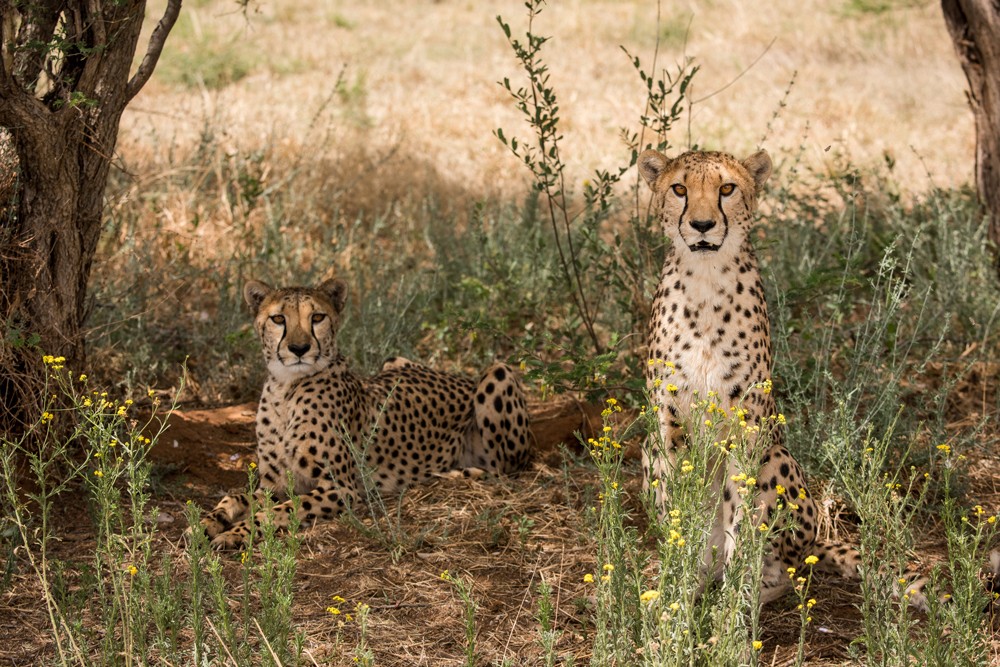
Namibia is renowned for its commitment to wildlife conservation, particularly evident in its status as the home to the world’s largest population of free-roaming cheetahs. The country provides a unique habitat for approximately 3,000 of these majestic animals, representing a significant portion of the global cheetah population.
Fact 7. Namibia is Home to the Second-largest Canyon in the World

The Fish River Canyon, located close to the border with South Africa, is also the oldest in the world. Researchers have determined that the canyon was formed at least 500 million years ago through water and wind erosion, coupled with the collapse of the valley floor.
Fact 8. Namibia has Fascinating Tribes

The Himba tribe in the Kunene region of the country has strongly clung to their traditional ways and beliefs. They wear traditional clothes, eat traditional foods and even practice traditional religions. The women wear skirts and leave their upper bodies bare. They have been unaffected by modernism in any way.
Fact 9. The Skeleton Coast is the World’s Biggest Gravesite for Sailors And Ships
![]()
A large number of sailors have died at this coast in Namibia, given the dense fog and the violent storms in the area. In the 1940s, a slate was discovered along with human skeletons. The slate was written by a survivor and directed anyone who found it north. Unfortunately, the wreck had happened close to a century earlier.
Fact 10. The Namibian Dollar Is Used Interchangeably with the South African Rand
![]()
Under South African rule, the country used the rand to transact and only started using the Namibian dollar after independence. Currently, both currencies are accepted in the country. This means that if you are doing a safari in South Africa and then Namibia, you won’t have to go through the effort of exchanging any currencies.
Fact 10. Namibia has World-Class Stargazing
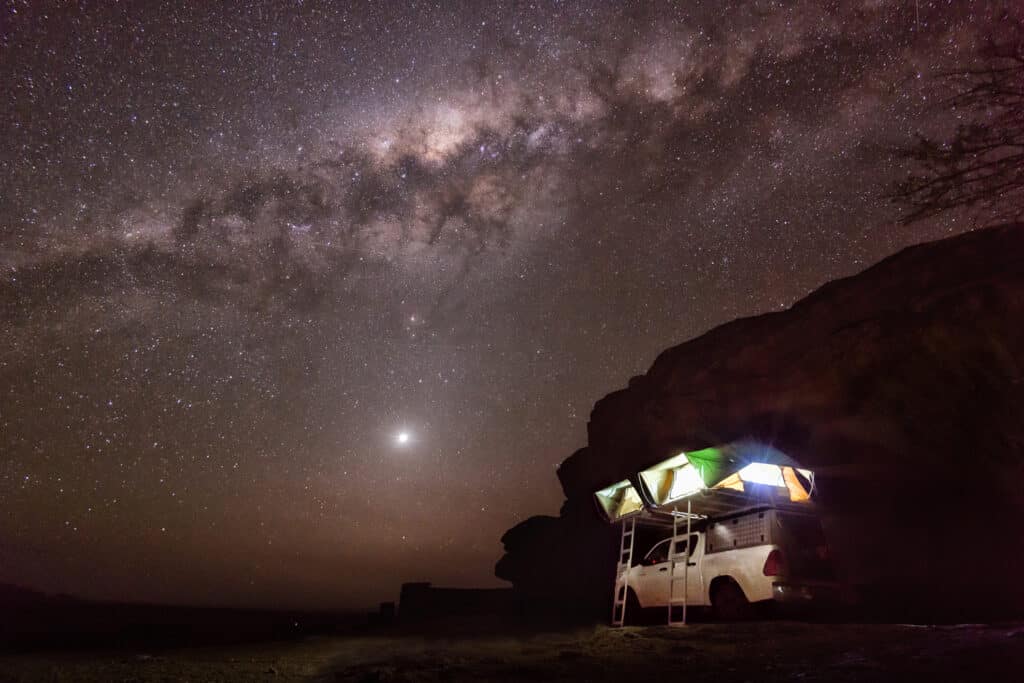
Namibia’s clear, unpolluted skies make it a premier destination for astronomers and stargazers. The NamibRand Nature Reserve is a designated Dark Sky Reserve, where the Milky Way is visible to the naked eye, offering an unforgettable cosmic experience.
Fact 11. Namibia has A Unique Floral Kingdom

Namibia hosts part of the Cape Floral Kingdom, the smallest and richest per area of the world’s six floral kingdoms. Despite its arid environment, Namibia has a variety of endemic plant species adapted to the harsh climate.
Fact 12. Spitzkoppe is Famous for its Ancient Bushmen Paintings
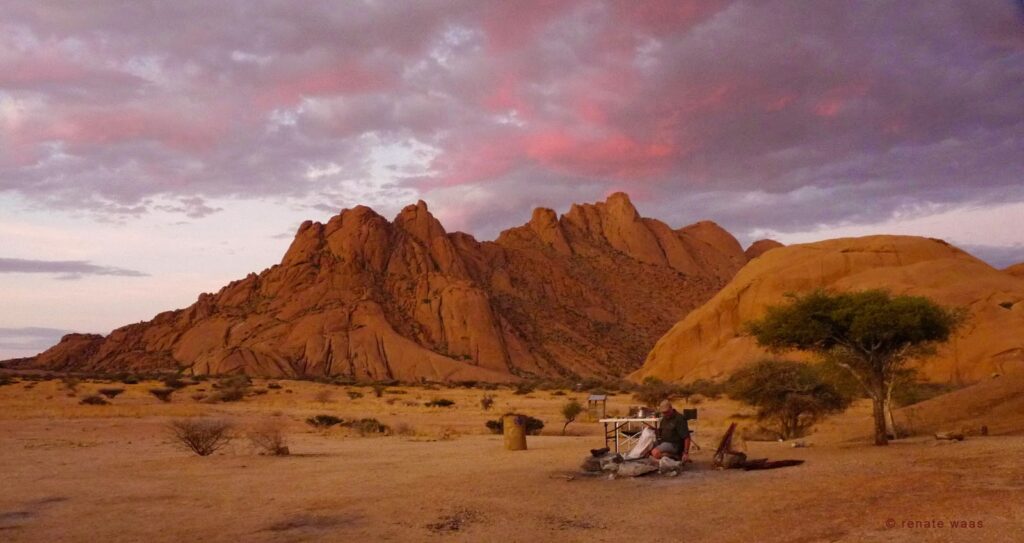
Often referred to as the “Matterhorn of Namibia”, the Spitzkoppe is a group of granite peaks in the Namib desert. The area is famous for its ancient Bushmen paintings and offers stunning landscapes for photography.
Fact 13. Namibia has a Ghost Town Called Kolmanskop
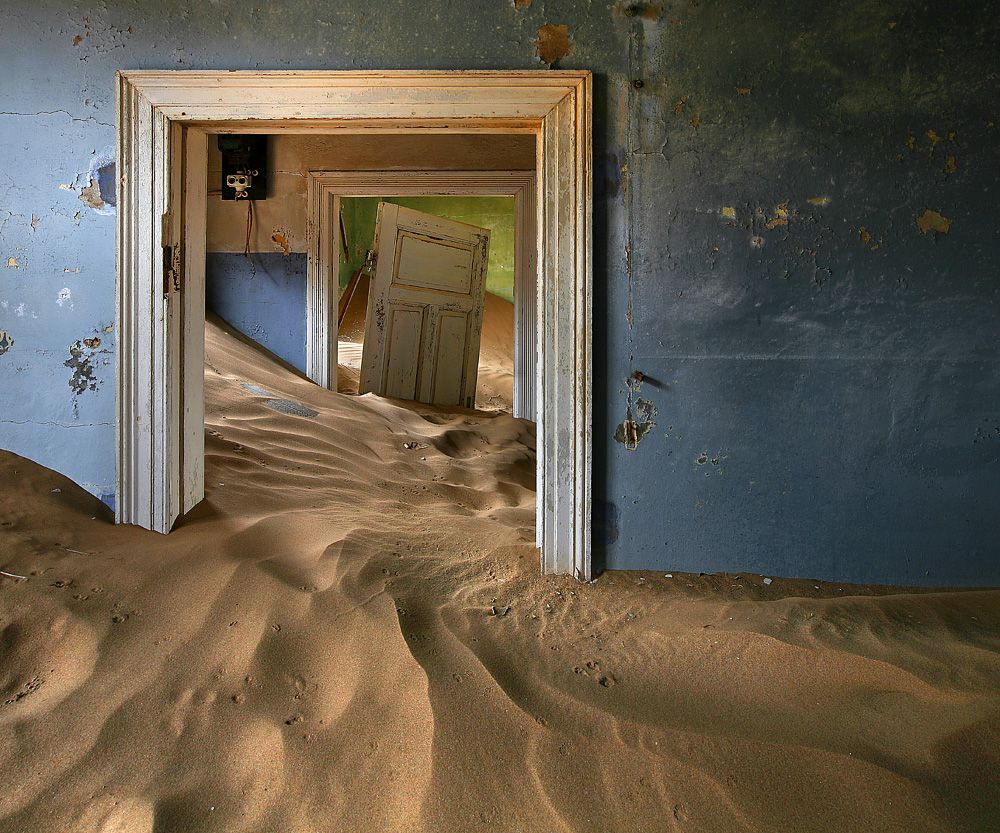
Once a thriving diamond mining town, Kolmanskop is now a ghost town slowly being reclaimed by the desert. Tourists can explore the abandoned buildings, which make for a surreal and eerie experience.
Fact 14. Namibia Champions Desert Black Rhino Conservation
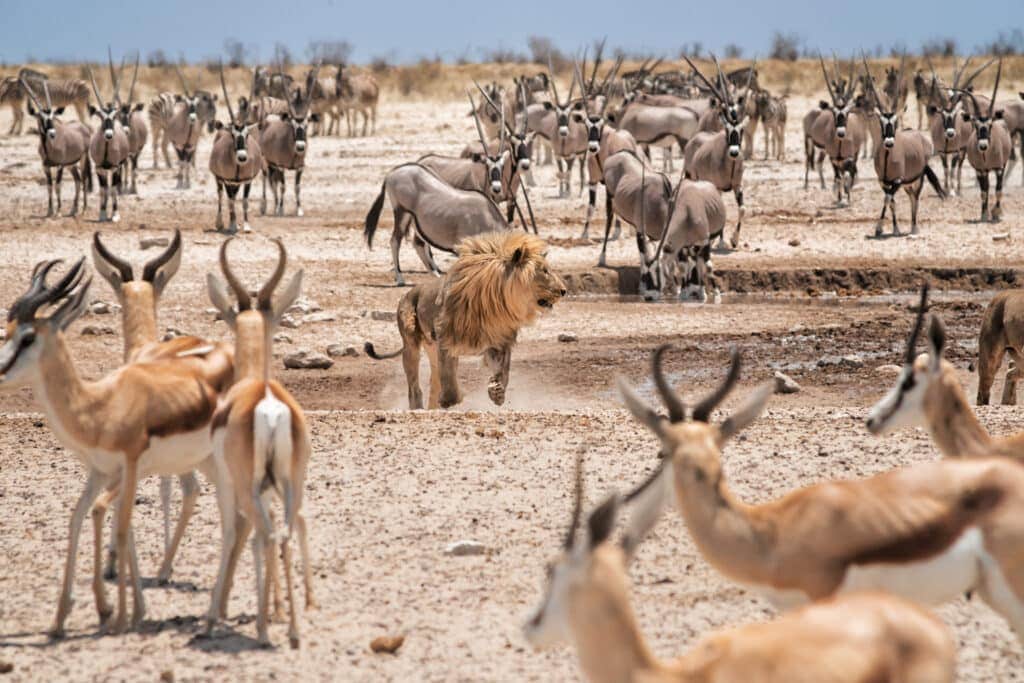
Namibia was the first African country to incorporate environmental protection into its constitution. The country has remarkable wildlife conservation areas, which have led to the significant recovery of species like the black rhino.
Fact 15. Namibia Has A Rich Mining Industry
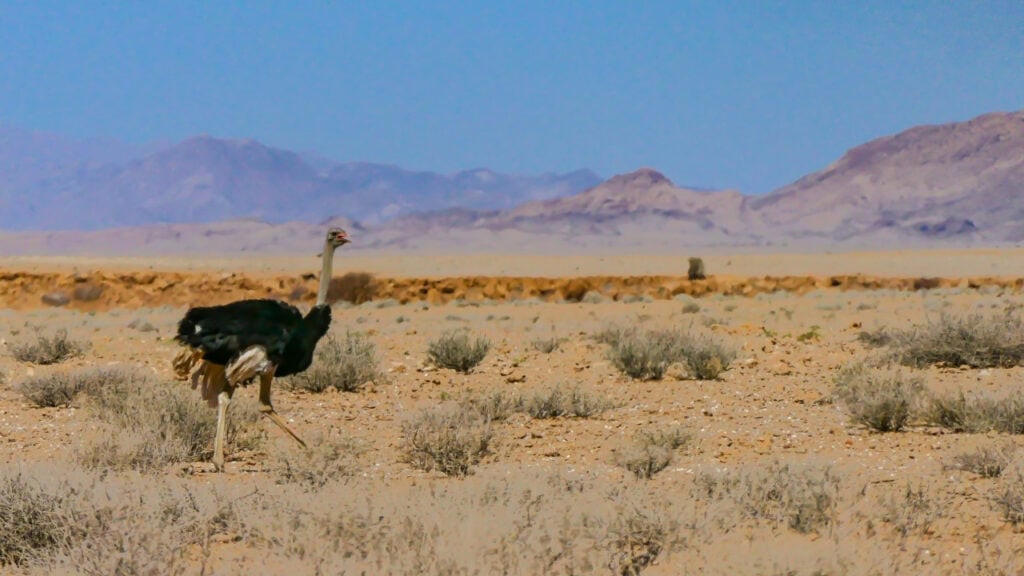
Namibia is known for its high-quality diamonds, some of the best in the world. The country also mines uranium, gold, and other minerals, playing a vital role in its economy.
As we conclude our exploration of the 15 facts of Namibia, it’s clear that this country is more than just a travel destination; it’s a vibrant tapestry of nature, culture, history, and innovation. Each fact we’ve uncovered about Namibia paints a picture of a nation that is both deeply rooted in its past and dynamically evolving toward the future.
Whether you’re captivated by the star-studded skies over the NamibRand, intrigued by the resilience of the Welwitschia plant, or moved by the rich traditions of the Himba people, Namibia offers an array of experiences that cater to every type of traveler. So, pack your bags, grab your camera, and set off for a safari in Namibia, where every corner holds a new wonder and every moment is an opportunity to create lifelong memories.
Author: Tiffany Bowers
Published:
Last Update:
Part of the Namibia Safari Collection